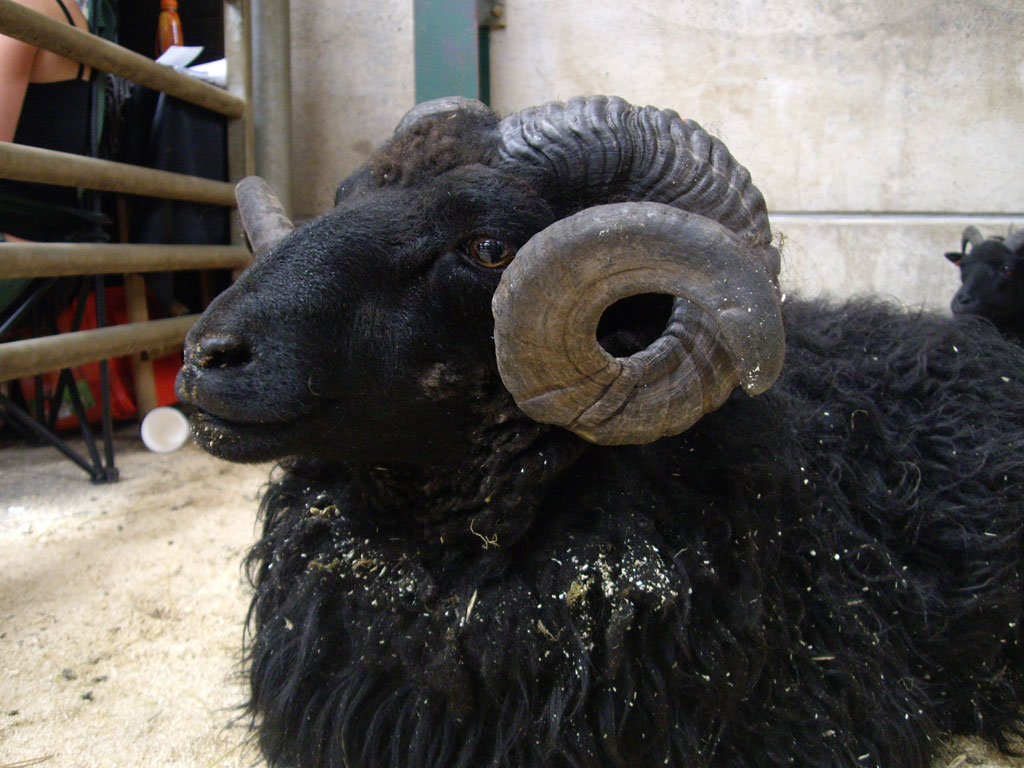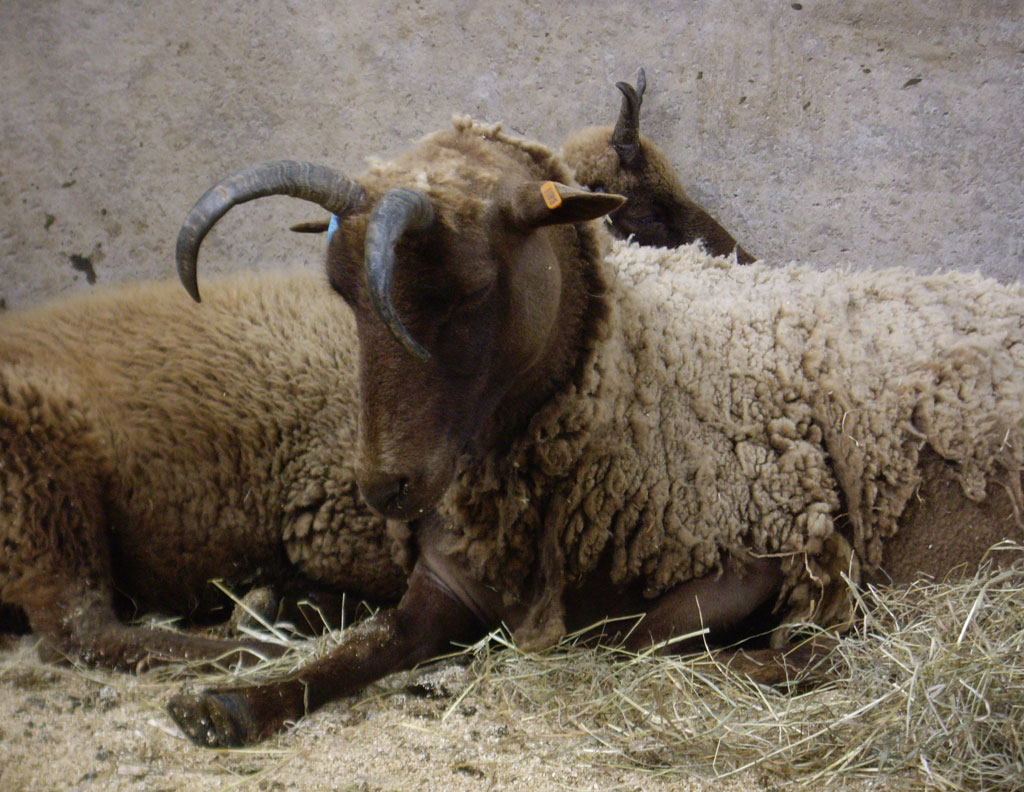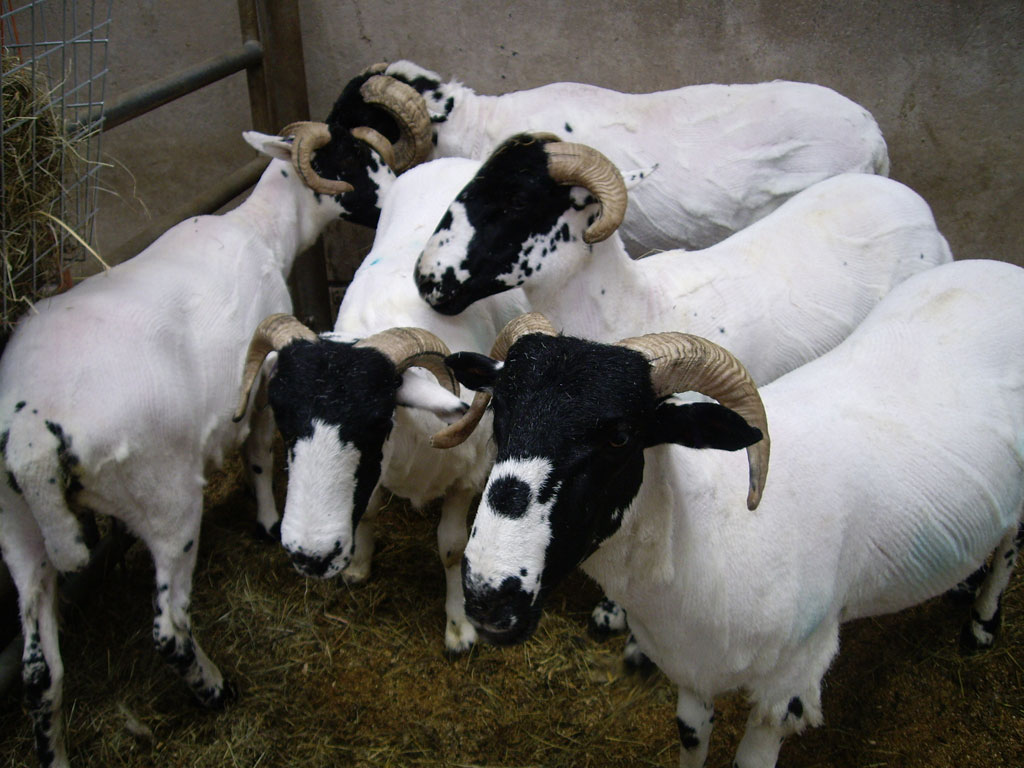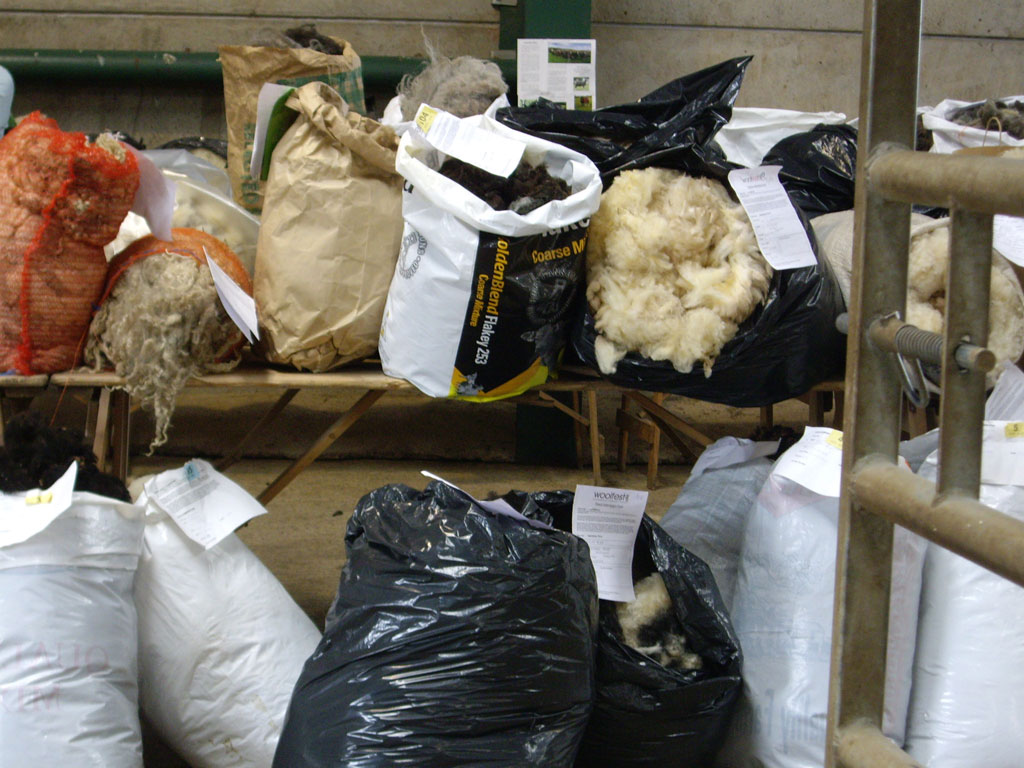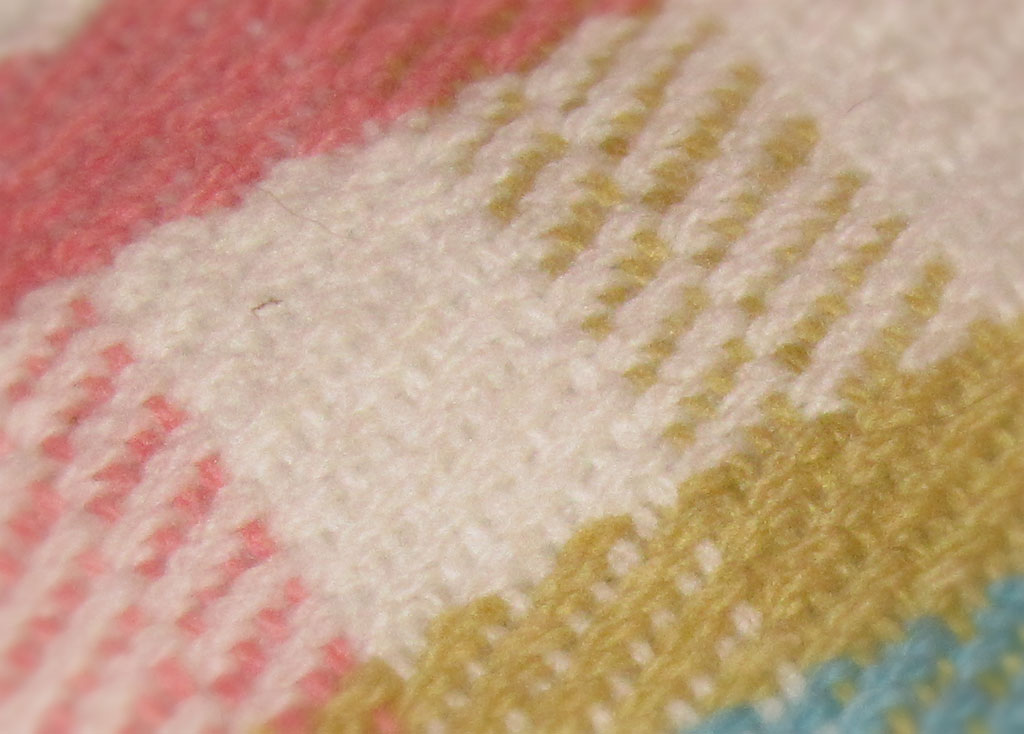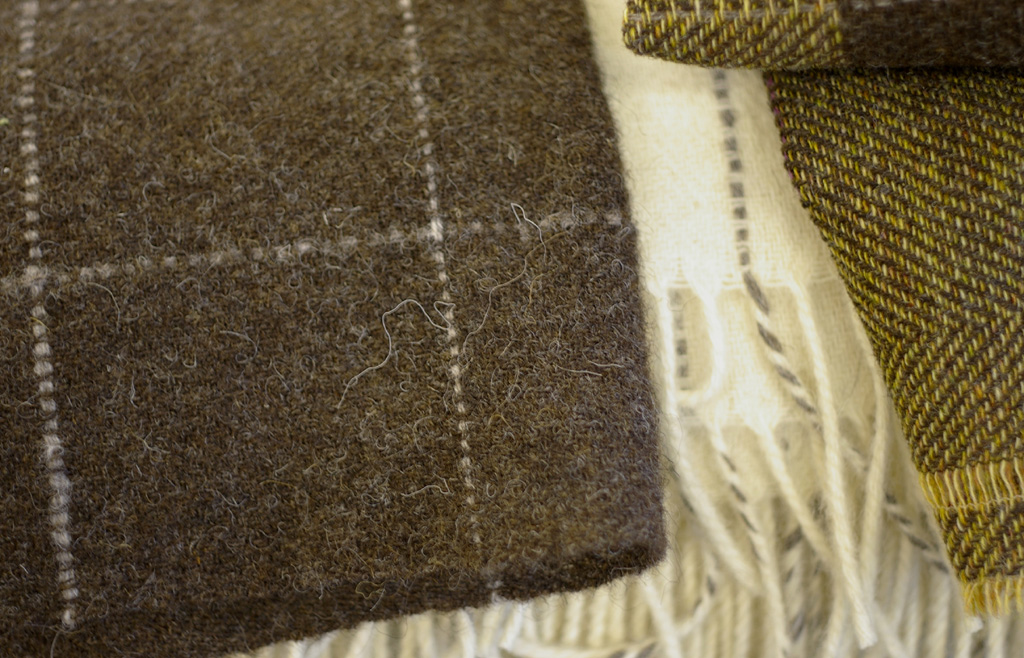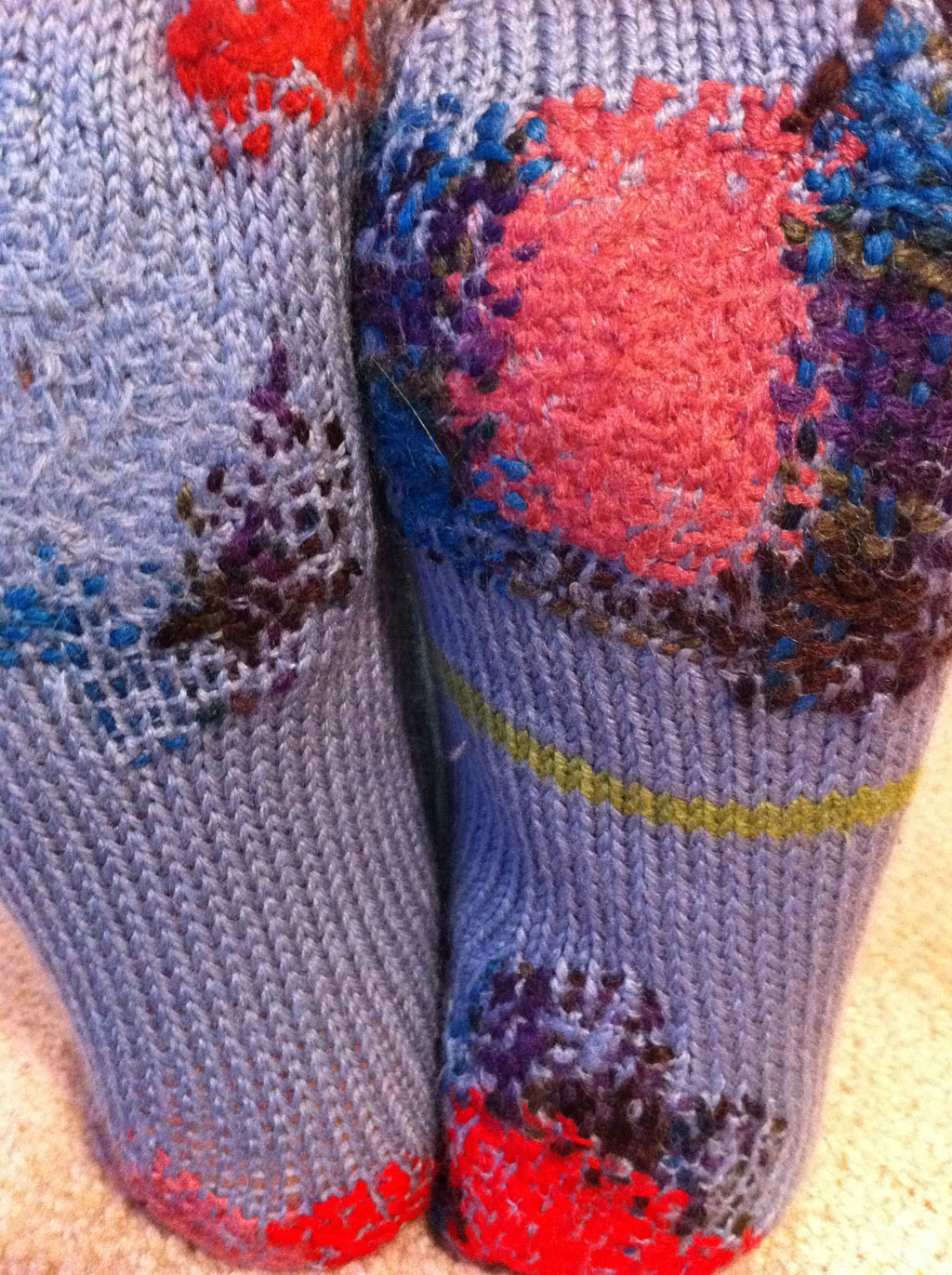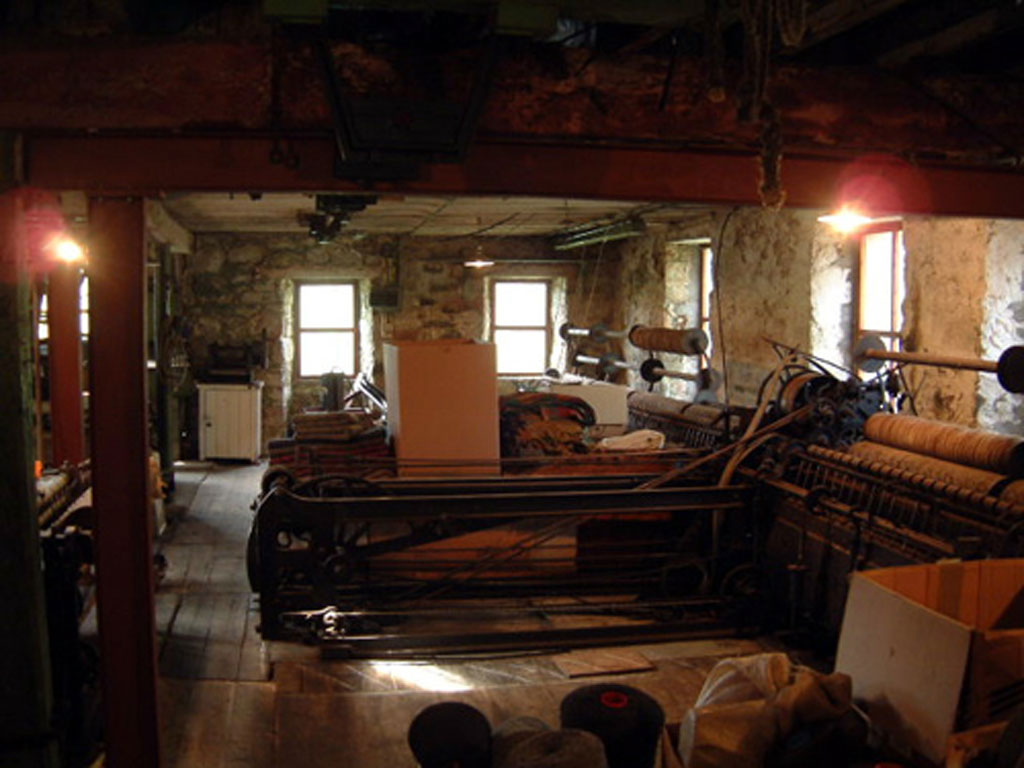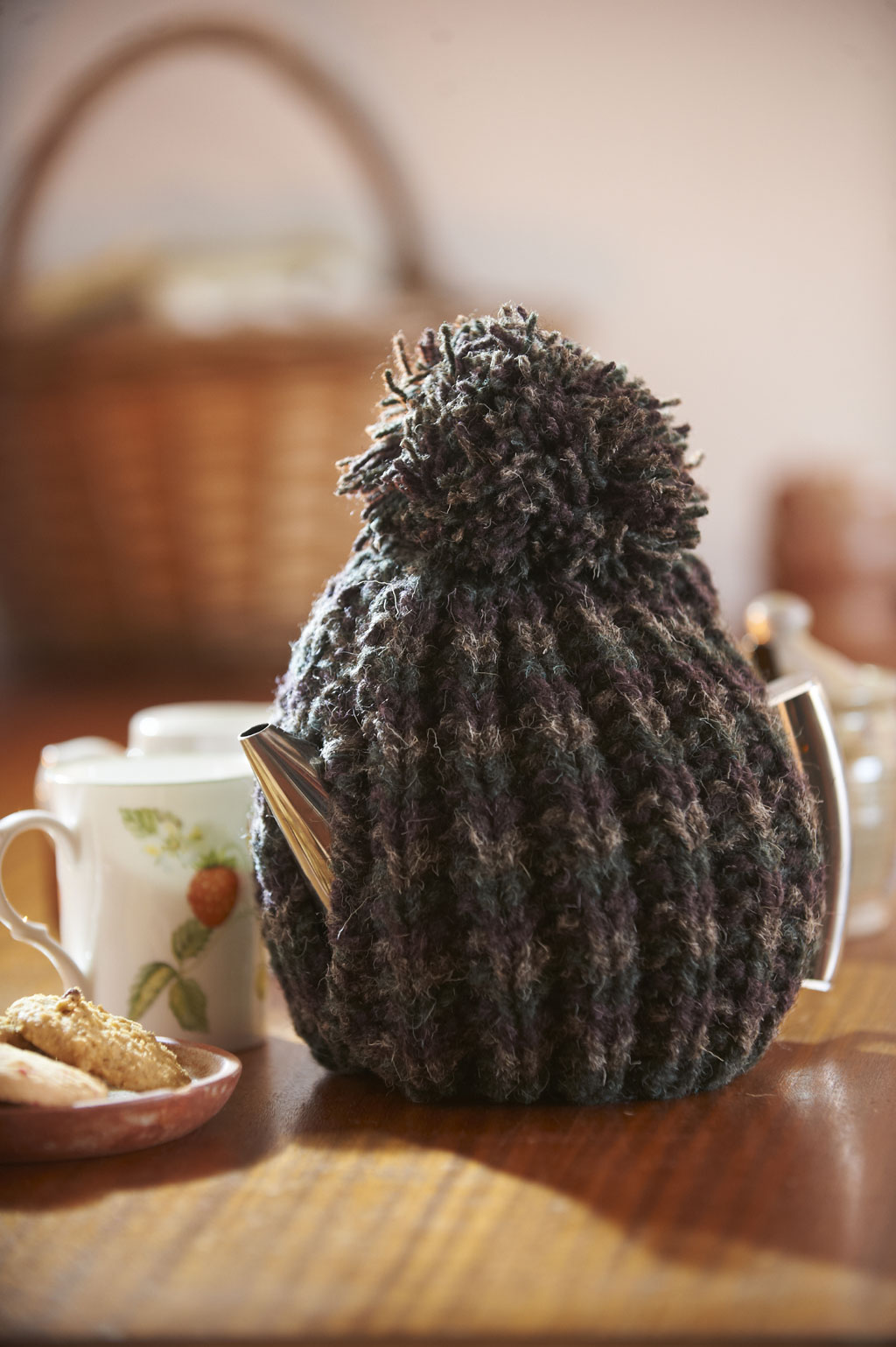In a sense this is the most nebulous of our blog-post categories, because everyone from whom we’ve heard throughout WOVEMBER is in one way or another “Working with Wool”. However in another sense, we wanted to create a space for sharing the specific aspects of the various crafts and skills connected with wool – such as felt-making, weaving, and knitting – and a place to delve more deeply into the specifics of hand-spinning, dyeing, and designing with wool. These are all artistic and artisanal uses of wool, founded upon the skill and labour associated with growing, harvesting and processing it.
We can perhaps look at this section of WOVEMBER as a forray into the worlds of the makers and designers who utilise wool creatively in their work. However this phase of Wovember is also a place to look at some of the projects which have been set up more generally to promote wool; work which is as much about wool as with wool. Something we shall discuss during this phase of WOVEMBER, for instance, is WOOLFEST – the amazing fibre festival which takes place in Cumbria in the UK each June. Founded by members of The Woolclip, (many of whom grow wool and are involved in various aspects of its processing) WOOLFEST obviously is a place where there is a lot of actual WOOL! You can buy fleece, you can buy yarn, you can buy spin-able fibre, and you can buy all the tools and gadgets and publications you will ever need to assist you in your own creative work with wool. However WOOLFEST is also about wool; in every stage of its planning and the way the festival is organised, there are opportunities to engage with wool as a real agricultural product – as something which specifically comes from a sheep! The work with wool that goes into organising WOOLFEST is both practical and ideological in a way that not all craft fair events necessarily are. It’s quite possible to leave any craft festival, for instance, with a sack full of craft materials, but it’s not at every craft fair that you might meet a shepherd who’ll talk to you about the hills where she walks with her lovely Shetland sheep, or leave with an SD-card full of photos of sheep breeds you’ve just learnt about and photographed.
Shetland, Manx Loaghtan and Rough Fell Sheep – spotted at WOOLFEST in 2009!
WOOLFEST entails “Working with Wool” in terms of the amazing projects and handmade things displayed by the talented members of the Woolclip, “Working with Wool” in terms of providing unprecedented access to a range of niche fibre products and tools for people who knit and spin and sew and crochet, etc., but it is also “Working with Wool” because is a cultural project which changes how wool is presented and contextualised for the paying public. Similarly, Knockando Wool Mill (a project bought to the attention of TEAM WOVEMBER by Samantha Payne – thank you!) is not only a working mill that works with wool to produce woollen cloth, but also a project that is about wool and about preserving the very specific chapter in wool’s history concerning district (or local) spinning mills. Originally built to serve the local community, Knockando Wool Mill has been in production since 1784. Knockando Wool Mill – like WOOLFEST – is a cultural resource as well as a practical endeavour; Knockando Mill is “Working with Wool” as both physically producing woollen textiles and as a way of keeping wool’s history alive.
Duncan Stewart at work in the weaving shed, photo © Graham Stewart, and used with the kind permission of Knockando Wool Mill
During this phase of WOVEMBER we shall learn more about how wool’s specific abilities to felt, to perform differently when spun or knitted in certain ways, etc. have inspired makers. We shall celebrate how wool has shaped their specific mode of expression here in coming days!
“Working with Wool” can be many things;
…it can be running a blog which is all about WOOL;
…it can be running a festival which is all about wool;
FLEECE for sale at WOOLFEST, 2009
…it can be just good, old-fashioned knitting… one of the most useful, practical, beautiful things to do in all the world;
Photo © Susan Gibbs and used with her kind permission
…or weaving something amazing out of the fibres you’ve lovingly grown yourself on your own Devon Fine Fibres Farm;
Photo © Lesley Prior and used with her kind permission
…or collaborating with a scourer, a spinner and a weaver to produce a finished textile;
Laura’s Loom textiles – made from 100% WOOL
“Working with Wool” can entail mending a sock…
Clare Thomas’s darned sock, one of the superb entries to our Photo Competition!
…reviving a woollen mill;
Knockando Wool Mill, ‘Spinning Mule’ photo © Knockando Wool Mill and used with their kind permission
…or designing a knitting pattern with a specific sheep breed in mind.
Herdwick wool Tea Cosy, designed by Sue Blacker for Pure Wool, photo © Sam Morgan Moore, and used with the kind permission of Sue Blacker
…there are hundreds of ways of “Working with Wool” – as a craft material, as a context, as a textile, as living history. We don’t have time to celebrate ALL the amazing ways that people are working with wool, but hopefully this WOVEMBER we can celebrate some of them. If you work with wool in any way whatever, why not take a photograph expressing what it is that you do, and submit it to our gallery by emailing it to wovember@gmail.com? We would love to have more discussion and more expression on what constitutes “Working with Wool”.
We think it’s one of the best available materials to work with.
